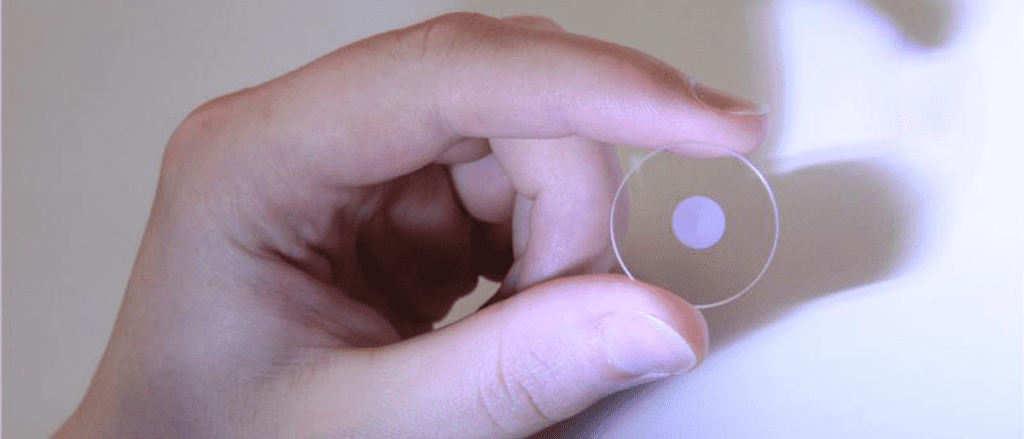Researchers at Southampton University in the UK have developed a technique which allows them to store 360 TB of data for a virtual infinity.
That’s right, 360 terabytes of information can fit onto this one sliver of nanostructured quartz. The technology uses femtosecond laser pulses to write data in the 3D structure of quartz at the nanoscale. These pulses create three tiny layers of nanostructured dots, just microns away from each other.
This whole thing is technically called a 5D storage device – aside for the three space dimensions, there is also the polarity and intensity of the beam that creates the dot. The storage technology is extremely durable, not only to time but also to other factors such as temperature. The thin disc can withstand temperatures of up to 157 degrees Celsius (350 degrees Fahrenheit) for longer periods of time. The technology was first experimentally demonstrated in 2013 when a 300 kb digital copy of a text file was successfully recorded in 5D.
Here’s a short video showing how it’s made:
Coined as the ‘Superman memory crystal’, the technology eventually can make sure that nothing we know will ever be forgotten, as Professor Peter Kazansky from Southampton University’s Optoelectronics Research Centre says:
“It is thrilling to think that we have created the technology to preserve documents and information and store it in space for future generations. This technology can secure the last evidence of our civilisation: all we’ve learnt will not be forgotten.”
No information was revealed about the rate of transfer of this data, and whether it could work as conventional storage. Researchers are currently looking for industry partners to scale up production and make the end product more efficient.










